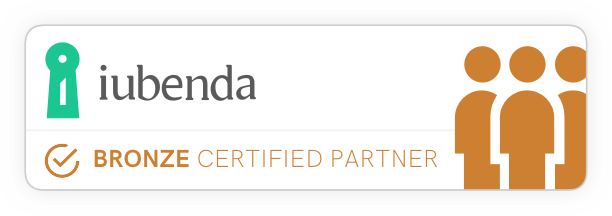Webmasters often create websites using just their own sense of what users will want, and end up creating something that just isn’t very intuitive to use. On the other hand, webmasters who take the time to really optimize their websites for better user experience often find they’re well rewarded, in both customer loyalty and revenues.
How do you optimize a website for the best customer experience?
Cut Down the Choices Per Page
If you can have just one choice per page, that’s best.
Make it clear to your users what they should be doing on any given page. Often times a user comes to your website with just one goal in mind. Make it easy for them to achieve that goal.
If your site needs multiple steps, then cut those steps down as much as possible. Airbnb is a great example of this. Before they created their site, they told themselves that one requirement for launching the site is that the customer needed to be able to get from landing on their page to booking a room in three steps or less.
Today they’re the largest self-serve short-term rental website, in no small part due to the ease of use of their website.
Cut down the choices per page. Make it easy for users to do what they want to do. If you have a multi-step process, cut down the steps as much as possible.
Watch People Use Your Website
Have your boy/girlfriend, grandpa, best friend or work associate used your website? Watch how they use it.
Where do they click first? Where do they get frustrated? What do they like? At what page do they exit?
You can learn a lot by watching real human beings interact with your site. It’s more work, but it’s worth doing at least a few times with every new design.
Create Metrics and Test
Let’s say you’re thinking about splitting up your longer articles into multiple pages. You want to see if users like this style better or the one giant long page style.
Instead of guessing, why not come up with a metric and split test it? One metric for this kind of test might be the length of time someone stays on the page. If they stay longer on one than the other, that means they’re reading for longer.
Instead of guessing what your users want, come up with metrics that can measure it and split test it.
Optimizing your user experience is a very high leverage activity. Start by designing with as few options and steps as possible. Then get people you know to use your website and watch how they do it. Finally, create metrics for different versions of your site and split test them to see the results.


Recent Comments